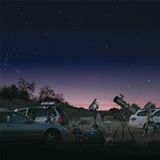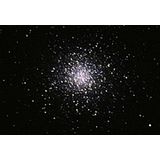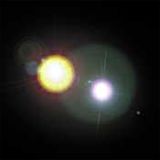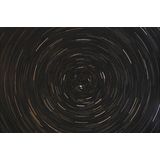
The stars that dot the night sky run the gamut from bright beacons to dim little pinpricks. To get a little more scientific about it, the brightness of a star (or any other celestial object) is described on a scale of "magnitudes". The brighter the star, the lower its magnitude.
Each digit on the magnitude scale represents a difference in brightness of 2.5 times. So, a 1st magnitude star is 2.5 times brighter than a 2nd magnitude star, and a 2nd magnitude star is 2.5 times brighter than a 3rd magnitude star, and so on. Extrapolating further, a star of 1st magnitude is 100 times brighter than a star of 6th magnitude, which is about as faint as you can see with your unaided eyes.
The brightest star is Sirius in the constellation Canis Major; it has a magnitude of -1.4. Polaris, the North Star, is dimmer at magnitude 2.0. There are about 8,500 "naked-eye" stars-stars of 6th magnitude or brighter.
With a telescope you can see much fainter stars-down to 11th magnitude with just a 60mm beginner's telescope, in fact. That's 100 times fainter than what you can see with just your eyes. Not bad!
But sky conditions also affect star visibility. Light pollution, moisture in the air, or atmospheric turbulence can make stars appear dimmer.
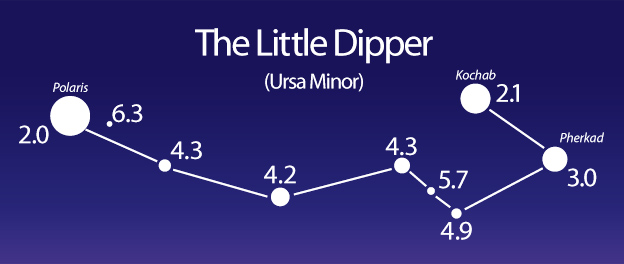
To "rate" your sky conditions on a given night, find the Little Dipper in the northern sky. Compare the stars you see with the chart above, which indicates the magnitudes of some of the stars in the Dipper. What is the dimmest star you can see? That is the naked-eye "limiting magnitude" for that night.


